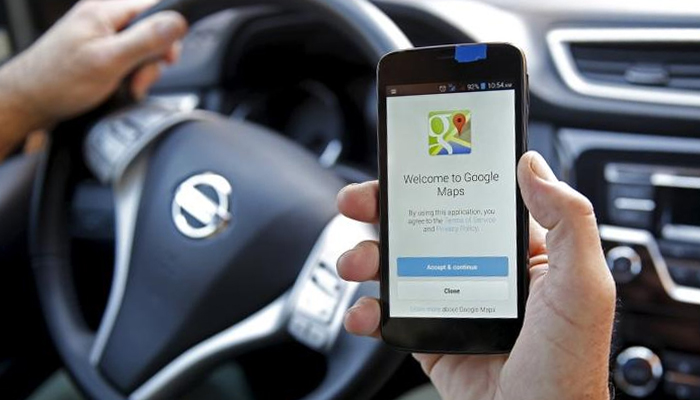Google Maps to now show coronavirus hotspots in new layers option
Google Maps' new layer offers 'critical information' about coronavirus cases in an area for users to 'make more informed decisions'
September 25, 2020

SAN FRANCISCO: Internet search giant Google has announced to update its free Maps application this week with colour-coding that highlights areas infected with cases of COVID-19, the disease caused by the novel coronavirus.
In a blog post published Thursday, the search giant said Maps will be enhanced if a user taps the new "COVID-19" option in the layers feature in the top corner of the screen. It will provide data using the latest seven-day average of cases per 100,000 people in areas being viewed, it added.
A label will also let users know whether the number of COVID-19 cases in a particular spot is trending up or down, according to Maps product manager Sujoy Banerjee.
"In some regions, you might find additional information related to COVID-19. If you select the alert on the Google Maps home screen, you'll find locally relevant links based on your current map view," it added.
The tool is meant to provide "critical information about COVID-19 cases in an area so you can make more informed decisions about where to go and what to do," Banerjee said.
Data used in the COVID layer comes from sources including Baltimore-based Johns Hopkins Hospital, the New York Times, and Wikipedia, which get information from public health outlets such as the World Health Organization (WHO) and government health ministries, according to Banerjee.
Grey, according to the Google Map colour legend, indicates "less than 1 case," dark orange means "20-30 cases," and dark red — the highest — shows "40+ cases."
The COVID layer is rolling out worldwide this week in versions of the map app tailored for mobile devices powered by Apple or Google-backed Android software, the California based company said.
Google Maps already featured pandemic-related tools such as letting users know when public transit was likely to be crowded.
"While getting around is more complicated these days, our hope is that these Google Maps features will help you get where you need to be as safely and efficiently as possible," Banerjee said.
Among related services offered are business-related updates, transit alerts, restaurant takeout and delivery options, and finding and booking online services.









